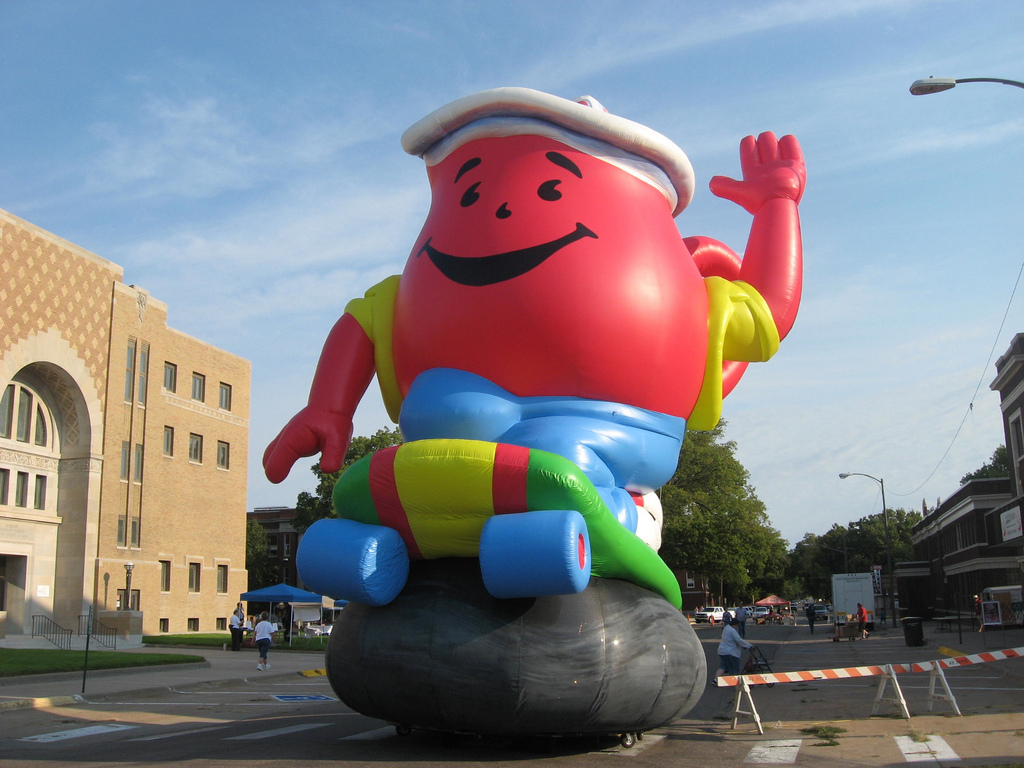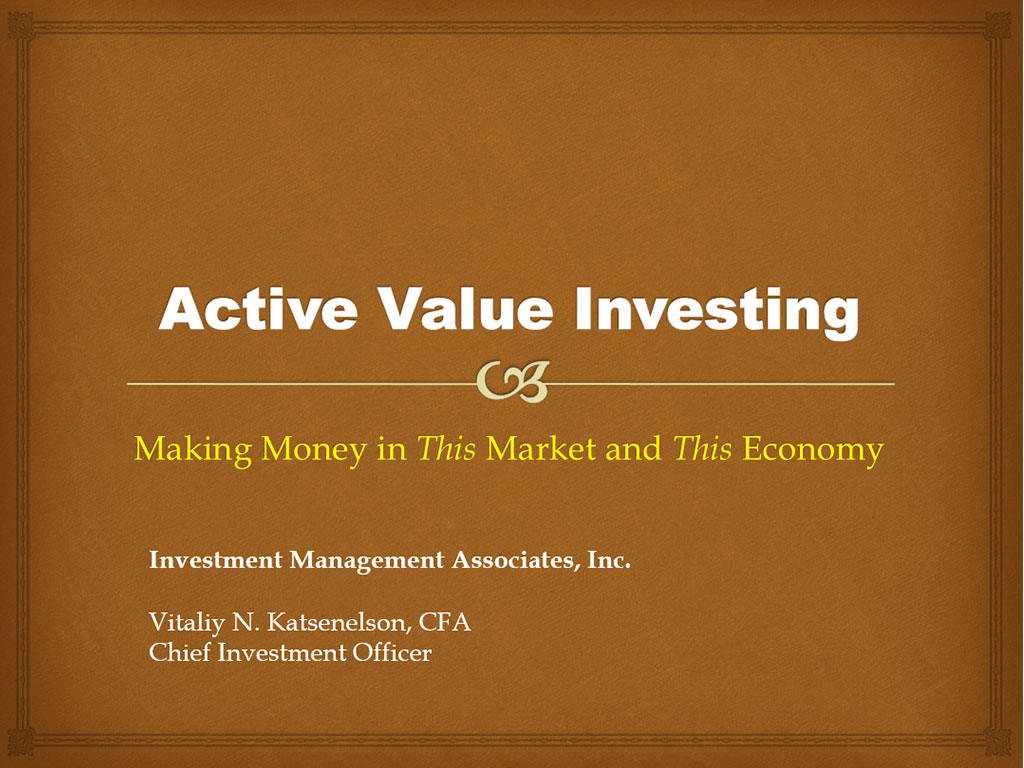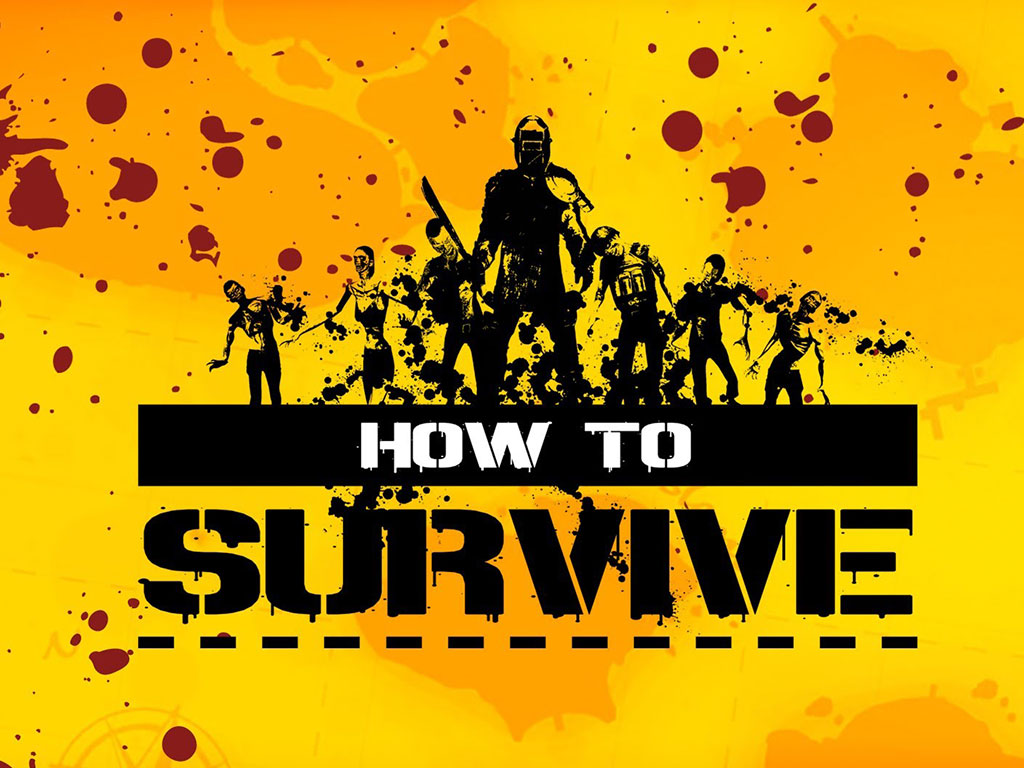After a year and half, 2,000 hours of staring at my laptop, and much receded hairline, my book Active Value Investing (AVI): Making Money in Range-Bound Markets is done! Last year and a half is a blur; it feels like I came out of a prolonged coma – family celebrations, kids growing up are just vague recollections. Like a third child (I have two ‘real’ adorable kids) I nourished the book, carefully choosing every word that went into it, and there were 75,000 of those. And akin sending your child to the real world, I have a sense of pride, and at the same time I am nervous as I want the rest of the world to like it and more importantly to benefit from it.
Let me attempt briefly tell you about the AVI, for in depth take on the book, here is a link to book’s preface. AVI has two parts: in part one, I make the argument that there is a very high probability, that over next dozen years or so the U.S. stock market will be dancing a similar foxtrot that it danced since 2000: it will take investors on a wild roller coaster ride (it will go up, down, and sideways), but at the end of this exciting journey it will not be far from where it is today. The market will be range-bound.
I know, this long-term prediction has a sci-fi feel to it, but over last 200 years every full blown long-lasting bull market (and we just had a supersized one of those from 1982 to 2000) was followed by a range-bound market that lasted about 15 years. Yes, this happened every time over the last two centuries with the exception of the Great Depression. Markets have been range-bound half the time.
Why? Dividends aside, returns from stocks could be explained by two variables: earnings growth (decline) and P/E expansion (contraction). During bull markets, a vibrant combination of P/E expansion and earnings growth brings outsized returns to jubilant investors. Bull markets end with P/Es much above average. The 1982-2000 bull market ended with highest in 100 years. However, P/Es are some of the most mean-reverting creatures around and thus range-bound markets act as clean up guys, they clean up the mess (i.e. deflate high P/Es) caused by bull markets, taking them down towards (and actually below) the mean. This P/E compression wipes out most, if not all, earnings growth resulting in meager returns for investors.
Unlike double digit returns we accustomed to during bull markets, an average passive buy and hold investor will be lucky to have very low single digit returns. During the last 1966-1982 range-bound market, investors received almost zero real returns.
Today, seven years into the range-bound market, the market is at the same P/E where previous range-bound started.
Ok, so you are thinking? Why should I care about this book that tells a story that is just going to depress me? Ah, but don’t worry or panic. After all, the subtitle of the book is “Making Money in Range-Bound Markets”, and this is the objective of the second (favorite) part of the book where I’ll provide a very practical, actionable investment guide to investing in range-bound markets.
If you are a value investor, I won’t try to convert you to a day trader, your investment philosophy won’t have to change, but you’ll just have to tweak your stock analysis and strategy a little to adapt it to range-bound markets. These little adjustments should make a great difference for your returns.
Though I’ve written this book specifically to address investing in range-bound market, many concepts I describe should benefit investors in all markets. For instance, I introduce a Quality, Valuation, and Growth framework that is relevant to any market environment.
A question comes to mind: What if I am wrong and the range-bound market I described is not in the cards? After all, history is prolific about the past but is mute about the future. Every strategy should be evaluated not just on a ‘‘benefit of being right’’ basis, but at least as importantly on a ‘‘cost of being wrong’’ basis. As I describe in depth in Chapter 15, my AVI strategy has the lowest cost of being wrong in comparison to other investment strategies.
I hope that you will find that AVI is original, practical and enjoyable. Yes, enjoyable: there are only a few traces from my Russian heritage that you’ll find in my Capitalistic Pig’s DNA, they are my Russian accent and sarcasm. My accent is always graciously edited out by my editors. But as you probably used to seeing in my articles, there is plenty of sarcasm that is spilled over onto the pages of AVI, which hopefully will make the book fun to read.
Finally, folks at Wiley (AVI’s publisher) asked me to relay this message to you:
- My publisher thinks it’s got a Harry Potter on its hands, let’s prove it right! Buy a book or two (two, if you intend to read it twice, as you should or give it to your boss for Hanukah/Christmas/Kwanza).
- Tell all your friends (and strangers as well) about the book. Forward this email if you like (hey, let’s create our own chain letter saying “If you delete this email you will never retire”, okay this is a bit overboard).
- Leave a feedback on Amazon, Barnes & Noble and Wal-Mart (I never thought I’d be a Wal-Mart’s “over-exploited” supplier).
Thank you so much. I really hope this book makes a difference in your life!









0 comments